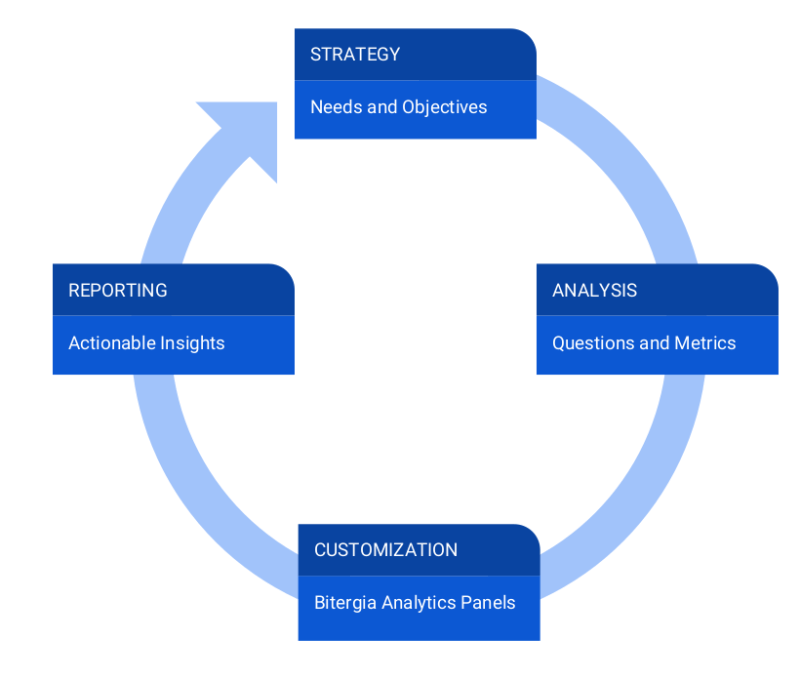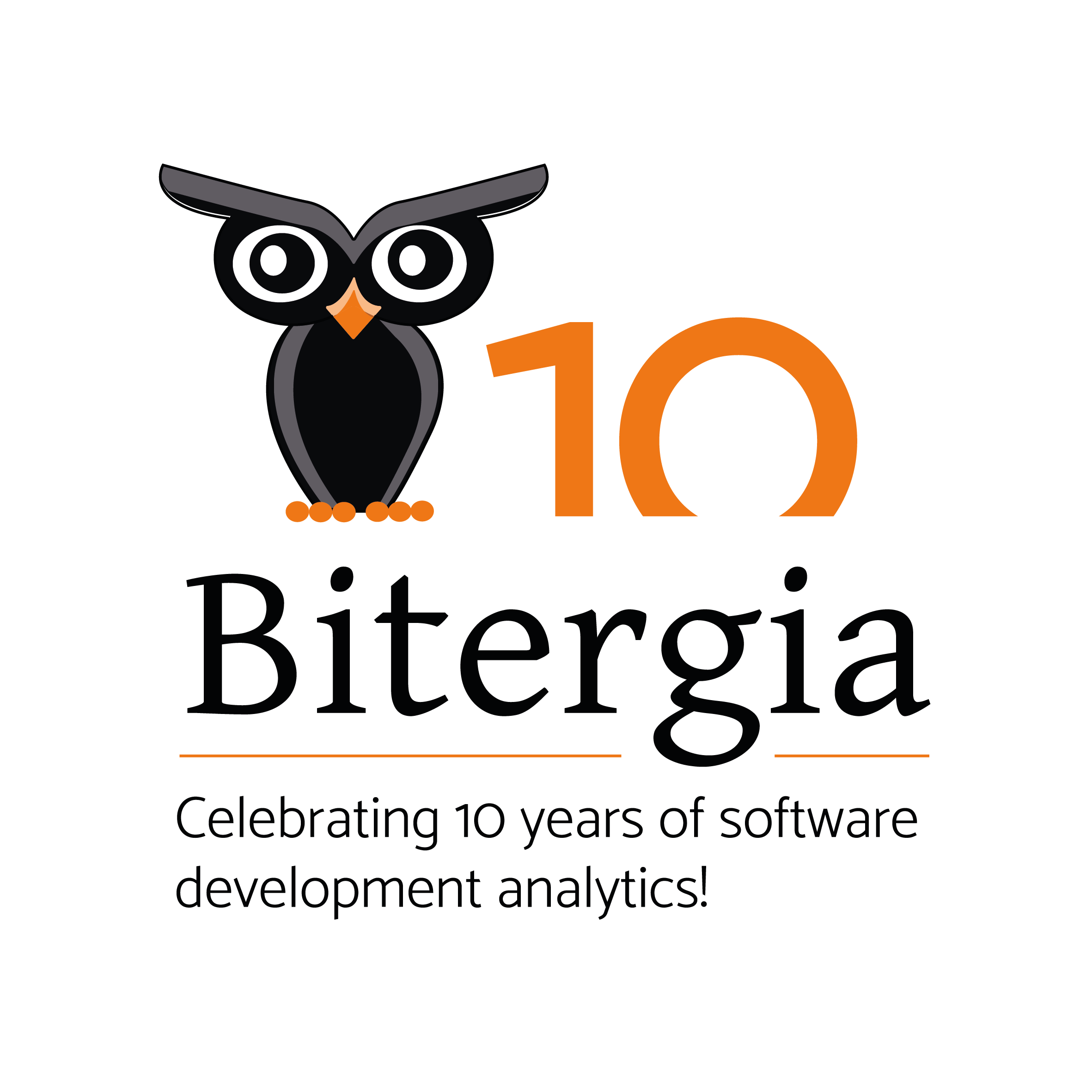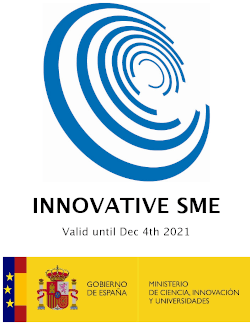Nowadays, since every company is a tech company, Open Source Program Offices (AKA OSPO) are getting popular among many organizations such as Uber, Comcast, Google, Amazon, Intel, etc. to better implement Open Source projects within their company to promote cross-community collaboration and thus, create a centralized organization of expertise around Open Source activities.
However, this initiative needs a set of actions and procedures to succeed. Here is when the importance of understanding your goals and questions, and to be able to measure your effort with reliable data takes an important role for decision making.
How Open Source Program Offices benefits companies?
It seems that a place Open Source consumption and production supported inside a company offers many advantages:
- It defines a better Open Source strategy
- It aligns your Open Source projects with your company’s goals
- It deals with multiple release cycles and divergent agendas
- It pushes technology to a chosen direction
- It improves internal process
The inter-dependency among communities, variety and amount of projects managed, priorities within those projects and release schedules coalitions has develop a new model capable of deal with multiple release cycles and juggle the divergent agendas. Open Source Program Office stands out as a way to create a centralized organization of expertise around Open Source activities and cope with all this cross-community collaboration trend.
How to design an effective strategy?
We need to understand every company has different needs and goals, and by so, different strategies when applying Open Source Program Offices. However, there are some standards to follow when implementing Open Source strategies:
- Establish your goals: Some companies create an Open Source office looking for talent acquisition, to create a cloud-centric company, to add an organization of expertise, etc. The company must clearly understand where are they now and where they want to be when implementing an OSPO.
- Decide where to place your OSPO: Depending on your goals, company structure and focus, you might place it within different departments such as marketing, engineering or legal.
- Set up OSPO policies: These actions might include how to release your code within new projects and external projects; How to bring Open Source into the company and use it to build the product; Set of projects the company runs inside and outside the company, etc.
- Set up control and measuring methods: in order to see if the established steps are getting done, how are the required actions getting done, and if we are facing any bottlenecks during the journey

Why is important to have a data strategy based on software development?
When implementing an OSPO strategy, is crucial to have a data-driven approach. Without data we have just opinions, and we must rely on data in order to keep control over our decisions and plans, and see how things are getting done. We should think about data as a source of knowledge that will help us to integrate all these information with our goals.
However, the main question here is: do we know how to manage all this data? Data is not just about numbers, it needs some clarified goals, questions to get to those goals, etc.. And once we’ve got that, see if this data can answer those goals, identify where is my data and where to display this data for consistent reporting.
Can software development answer to my goals?
Bitergia Analytics platform measures the activity, performance and community within several software projects. By analyzing this, you can answer to common OSPO issues such as:
- Activity: What is the engagement to my open source projects?; What is the life-status of my open source projects?; Where development is happening in my open source ecosystem?
- Community: Who’s leading my Open Source project?; How many core, regular and casual developers are in my community?; What developers comes from outside the company?; Which company do they work for?
- Performance: Are we being efficient? Is product development getting done as expected?; Are there any bottlenecks within the software development process?
Does Software development Analytics support the main Data Sources where my Open Source projects interact? Where can I display this data for a consistent reporting?
Bitergia Analytics allows you to track any project across more than 30 data sources (GitHub, GitLab, Slack, Gerrit, Askbot, Disclosure, Meetup, etc.) and obtain aggregated information within a single consistent platform.
To sum up…
Implementing an Open Source Program Office within your company is a slow process. It requires an in-deep company analysis to see where can fit better within your company structure, define goals and procedures and be provided with a consistent data strategy aligned with your goals.
During Scale x17 Brian Hsieh, Open Source Leader at Uber, and Manrique López, CEO at Bitergia, will talk about “Building a collaborative open source program at Uber”. If you’d like to see a real use case implementation and you are around Pasadena during conference days, don’t hesitate and join us!









